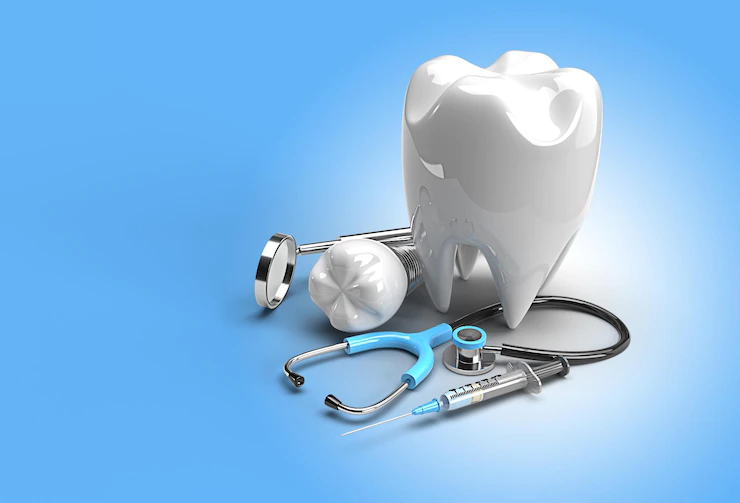Important Dental Habits To Teach Your Children
When it comes to dental care, children have a lot of questions. You probably do, too, considering that you’re in charge of helping your child establish good habits that will last a lifetime.
If you’ve ever wondered how often your child should brush their teeth or the right way to clean their molars when they’re still getting baby teeth, this article can help answer your questions.
When to Floss
Flossing is a critical part of maintaining good oral health. It removes food particles that stick between your teeth and are hard to remove with a toothbrush alone. You should floss each time you brush your teeth so that any leftover bits of food have been removed before they can cause damage or decay.
It’s important to pay special attention to the back teeth, as they are hard to reach when brushing normally but often have more plaque since we tend not to use our tongues in that area as much.
Flossing should be done daily, right after brushing your teeth and rinsing with water (you don’t want to swallow any residue from food). If you find yourself forgetting or struggling with the process of flossing every day, consider doing it before bed instead—it will help ensure that nothing slips through the cracks!
What not to eat
The first step is to teach your kids about what foods are bad for their teeth.
You want to avoid sticky foods, sugary foods, hard-to-chew foods, and foods that can get stuck in your teeth. That’s because these types of food cause cavities and other dental problems over time.
These foods can also lead to gum disease, an infection of the gums that can cause redness, swelling, and bleeding.
Good foods for teeth
Regarding the foods you should be consuming, there are a few things to keep in mind. First, look for foods containing calcium and vitamin D—these two nutrients help teeth stay strong.
Most dairy products have both of these components, so they’re great sources of calcium (in addition to being delicious). If your child isn’t interested in drinking milk or eating cheese or yogurt, try other options like salmon or sardines.
Another thing to remember is fiber: this helps remove plaque from teeth and prevents cavities by lowering the acidity levels on our pearly whites. Some good sources include whole grains like oatmeal, bran cereal, and whole wheat bread; fruits like apples, oranges, and plums; vegetables such as broccoli; beans and peas; nuts such as almonds; seeds such as sunflower seeds; flax seed oil (a tasty supplement!).
Proper brushing technique
There are a few important ways to teach your kids the right way to brush their teeth. The first is by showing them how it’s done, showing them what a soft-bristled toothbrush looks like, and making sure they can use it without hurting themselves or others.
When teaching proper dental care habits to children of any age (or reminding yourself), ensure that they know how long each mouth section should be brushed: two minutes per day in total.
This allows enough time for thorough cleaning without rushing through any specific area too quickly or taking too much time on another part where there may not be as much built-up plaque buildup as other areas of their mouth.
Use small circles rather than broad strokes across all surfaces of both upper and lower teeth (not just those visible when smiling).
Brush along gumlines towards cheek tissue instead of simply brushing across surface areas; this prevents bleeding gums while promoting healthier jaw bones overall because it massages pressure points away from sensitive nerves under surface tissues closer toward bone structure itself!
Finally–and most importantly–don’t forget about tongue care! Tongue scrapers are designed specifically for this purpose so don’t worry about getting creative here; just pick one up at any drugstore today!
Conclusion
We hope that our guide has helped you understand how to teach your children good dental habits. As we’ve seen, there are many ways to make oral health fun for kids, from silly songs about brushing to colorful toothbrushes with their favorite characters on them!
Use these tools in conjunction with a positive attitude about a Kids dentist, and you’ll be helping set up your kids for a lifetime of healthy smiles.
Read Also:
- Most Common Dental Problems faced on a Regular Basis
- More Than Teeth: How Dentists Handle Your Dental Information
- A Dental Implants Online Shop that Doubles as a Manufacturer: The Next Best Thing?



